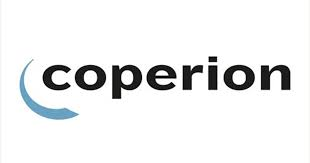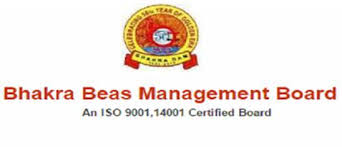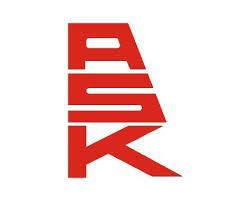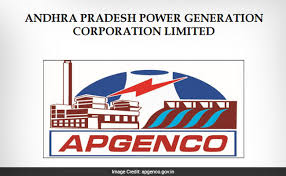QHSE Risk Consultants LLP conducts complete DFMEA for a leading automotive synthetic rubber producer.
QHSE Risk Consultants is tasked with conducting a Design Failure Mode and Effects Analysis (DFMEA) for a leading automotive synthetic rubber producer. The objective is to systematically identify potential failure modes in the design of the synthetic rubber manufacturing process and assess their potential effects on quality, health, safety, and environmental (QHSE) aspects.
Team Composition: The DFMEA team comprises QHSE specialists, process engineers, chemical engineers, and quality assurance professionals. Each team member brings expertise in their respective fields to ensure comprehensive analysis and mitigation of design-related risks.
Methodology: The DFMEA follows a structured approach to identify, evaluate, and prioritize potential failure modes in the design of the synthetic rubber production process.
-
Identification of Components and Functions:
- The team identifies key components and functions of the synthetic rubber production process, including reactors, feedstock storage tanks, mixing units, heat exchangers, and control systems.
-
Identification of Failure Modes:
- Through brainstorming sessions and process walkthroughs, the team identifies potential failure modes for each component. Examples include equipment malfunction, chemical reaction deviations, material contamination, and control system failures.
-
Determination of Failure Effects:
- The team assesses the potential effects of each failure mode on QHSE aspects, including:
- Quality: Product non-conformities, variations in product properties.
- Health: Exposure to hazardous chemicals, inhalation risks.
- Safety: Equipment damage, fire, explosion hazards.
- Environment: Chemical spills, air emissions, wastewater discharge.
- The team assesses the potential effects of each failure mode on QHSE aspects, including:
-
Assignment of Severity, Occurrence, and Detection Ratings:
- Each failure mode is assigned severity, occurrence, and detection ratings based on expert judgment and historical data. For example:
- Severity: High for failure modes with significant impacts on QHSE aspects.
- Occurrence: High for failure modes with frequent occurrence potential.
- Detection: Low for failure modes difficult to detect through existing controls.
- Each failure mode is assigned severity, occurrence, and detection ratings based on expert judgment and historical data. For example:
-
Calculation of Risk Priority Number (RPN):
- The RPN is calculated for each failure mode by multiplying severity, occurrence, and detection ratings. High RPN values indicate higher-priority failure modes requiring immediate attention.
-
Risk Mitigation Measures:
- For high-RPN failure modes, the team develops risk mitigation measures to reduce their likelihood or severity. This may include:
- Implementing redundant systems for critical equipment.
- Enhancing process controls and monitoring.
- Improving employee training on safety protocols and emergency response.
- For high-RPN failure modes, the team develops risk mitigation measures to reduce their likelihood or severity. This may include:
Case Study Scenario: In the DFMEA for the synthetic rubber production process, the team identifies a potential failure mode: "Reactor overheating due to cooling system failure."
Potential Effects:
- Quality: Variations in product consistency and properties.
- Health: Increased risk of chemical exposure to operators.
- Safety: Risk of equipment damage or rupture leading to chemical release.
- Environment: Potential for chemical spills or emissions.
Severity, Occurrence, and Detection Ratings:
- Severity: 9 (significant impact on QHSE aspects)
- Occurrence: 7 (possible due to equipment wear or maintenance issues)
- Detection: 6 (detectable through temperature monitoring, but with potential for human error)
Risk Priority Number (RPN): RPN = Severity × Occurrence × Detection = 9 × 7 × 6 = 378
Risk Mitigation Measures:
- Implement redundant cooling systems to prevent overheating.
- Enhance real-time monitoring and alarm systems for early detection of temperature deviations.
- Conduct regular preventive maintenance and inspections of reactor cooling systems.
Conclusion: Through the DFMEA process, QHSE Risk Consultants identifies potential design-related risks in the synthetic rubber production process and develops risk mitigation measures to safeguard quality, health, safety, and environmental aspects. By proactively addressing design failures, the automotive synthetic rubber producer can enhance operational reliability, compliance, and sustainability.





























































